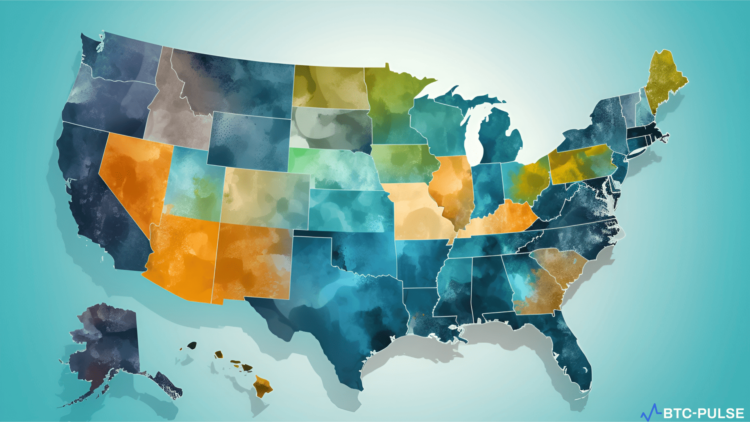US Regulatory Oversight on the Decline
A new report by blockchain research firm Chainalysis has shed light on the declining US regulatory oversight in the stablecoin market. The findings reveal a considerable shift in stablecoin transactions, veering from US-licensed to non-US-licensed entities.
A Significant Shift
According to Chainalysis’ North America cryptocurrency report released on October 23, the stablecoin activity has notably changed course since spring 2023. The majority of stablecoin inflows to the 50 largest cryptocurrency services have migrated from US-licensed services to those not licensed in the US.
As of June 2023, about 55% of stablecoin inflows to the top 50 services were directed towards non-US-licensed exchanges, which denotes a significant shift.
Implications for the US Government
The report implies a diminishing ability of the US government to oversee the stablecoin market, which might result in US consumers missing opportunities to engage with regulated stablecoins. The initial involvement of US entities in legitimizing and seeding the stablecoin market is being overshadowed by the rising engagement with trading platforms and issuers located overseas.
Legislative Lag
Despite the growing stablecoin market, US lawmakers have yet to pass stablecoin-specific regulations. Congress is still mulling over related bills like the Clarity for Payment Stablecoins Act and the Responsible Financial Innovation Act which aim to bring clarity and oversight to this emerging financial sector.
North America’s Cryptocurrency Dominance
Interestingly, even with a drop in licensed stablecoin activity within the US, North America has catapulted as the largest cryptocurrency market. The region saw an estimated $1.2 trillion transactions between July 2022 and June 2023, accounting for a whopping 24.4% of global transaction volume during this period, ahead of Central, Northern, and Western Europe which accumulated an estimated $1 trillion in transactions according to Chainalysis.
The transition of stablecoin activity to non-US-licensed platforms is a telling trend that warrants prompt regulatory attention to ensure a balanced and secure growth of the stablecoin market in the United States.










